Well … there isn’t exactly any tundra in northern Minnesota. However if tundra did exist near my home, McQuade Harbor would be a great example. Let me explain …
In the past I have blogged that it is important to think like a bird. While I certainly still subscribe to that viewpoint, it is just as important to understand your local bird highways and the habitat through which they must fly to reach your area. Not only should you be cognizant of your local habitat and highways, but consider what the recent weather conditions.
Birds like to ride the winds. It makes migration so much easier. If you have done much bicycling you will quickly understand this concept. Headwinds are bad; tailwinds are good. The level of exertion required to move the same distance varies dramatically. One final item about which to be aware … most birds, unless absolutely required, do NOT like to fly across large bodies of water. For my region this equates to lots of birds migrating down the shores of Lake Superior. When North and Northwest winds push birds against the big lake, it sets up a great migration highway.
Over the past two days I have followed this research approach, and spent time at McQuade Harbor (6 miles from my home). This small craft harbor is northern Minnesota’s answer to tundra. Better yet, birds find this piece of land very enticing. After long flights through the Boreal Forest, and then down the shores of Lake Superior … suddenly McQuade juts out a bit into the lake and screams food and a rest stop (see maps given below). I have had great fun watching and photographing Black-Bellied Plovers, Lapland Longspurs, and other birds over the last two days at McQuade. The range maps from Cornell indicate both of these birds breed up in the Arctic. Proper weather conditions from my vantage point will then push some down to McQuade harbor (migration winds and highways).
Lapland Longspur and Black-Bellied Plover Range Maps (Cornell University)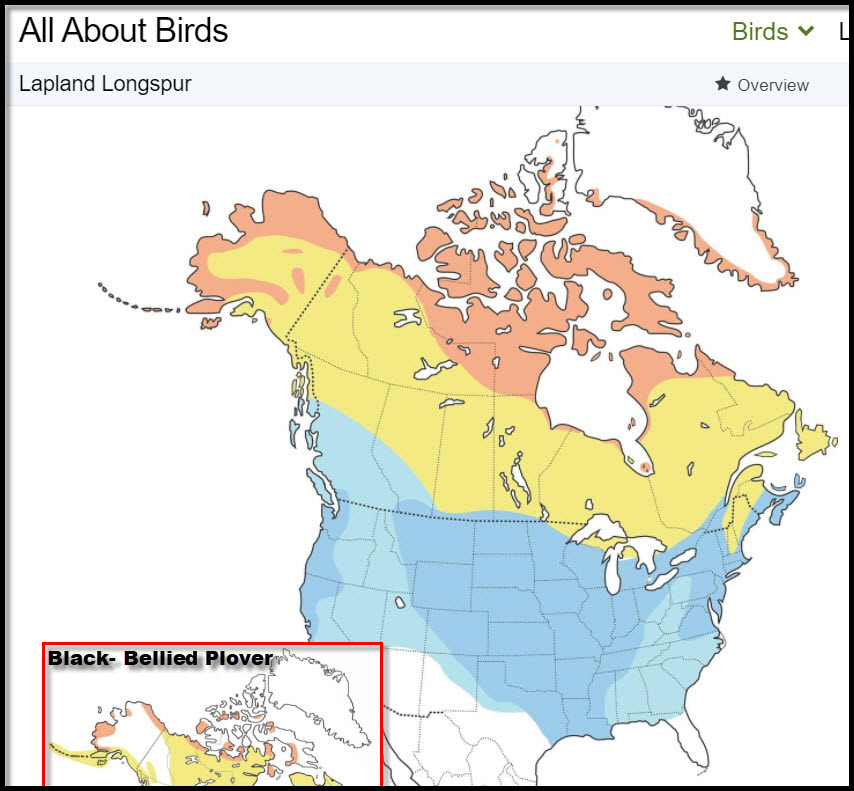
Some screenshots from Google Maps demonstrating my concepts (winds and migration highways). Note how McQuade Harbor in the second image is a rocky coast similar in habitat to what might be found up in the Arctic.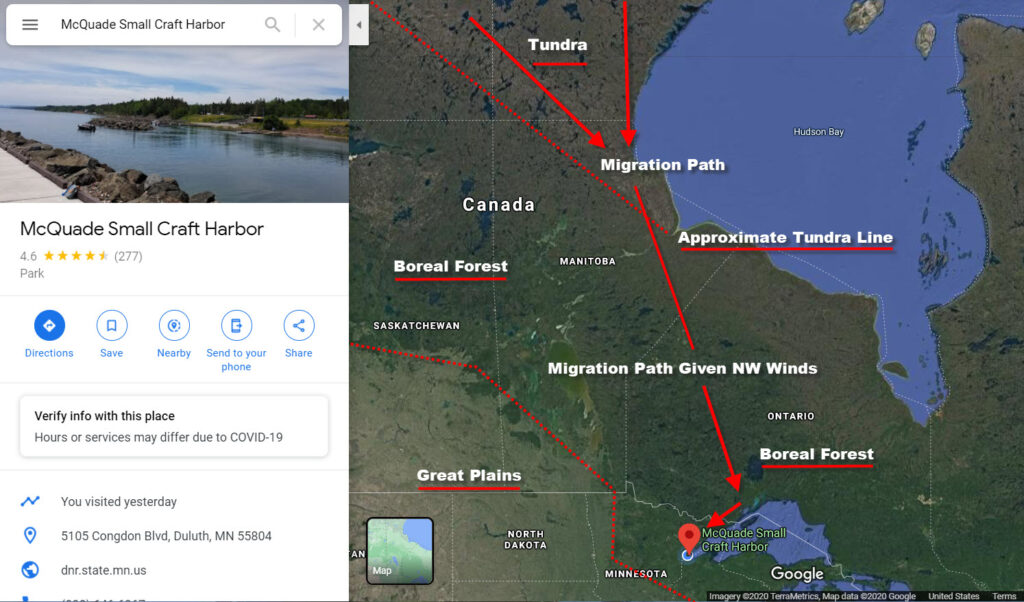
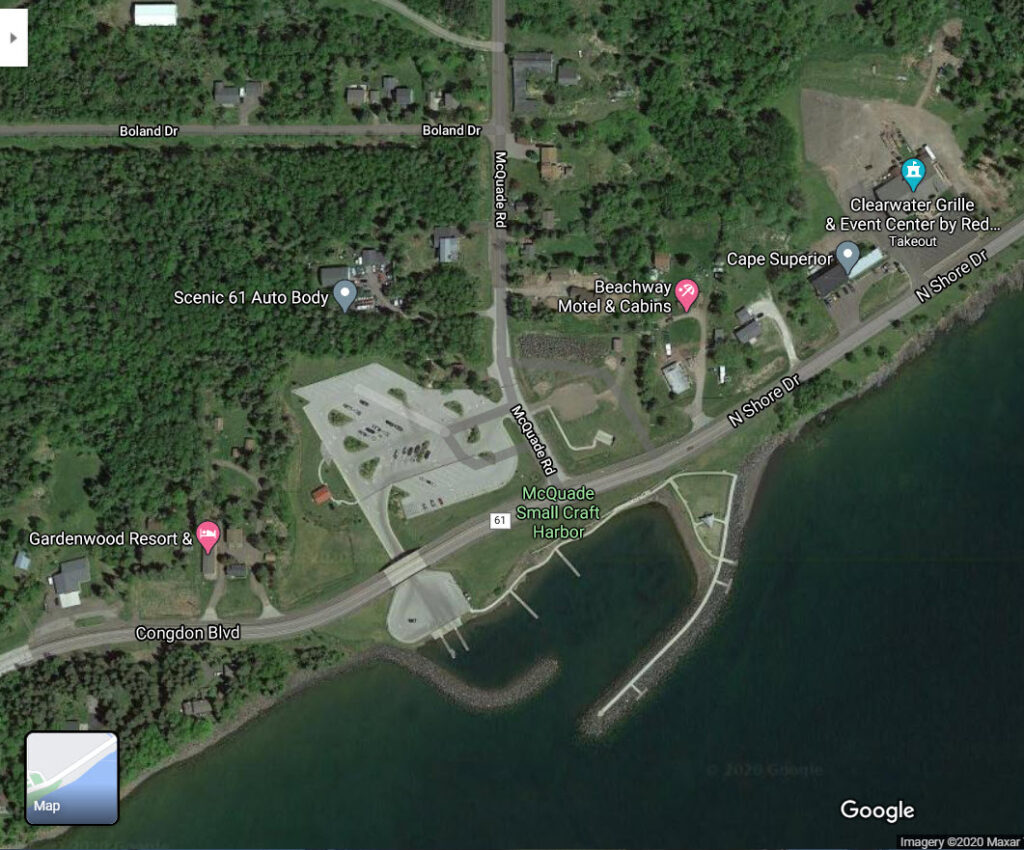
Images of LapLand Longspurs (non breeding plumage)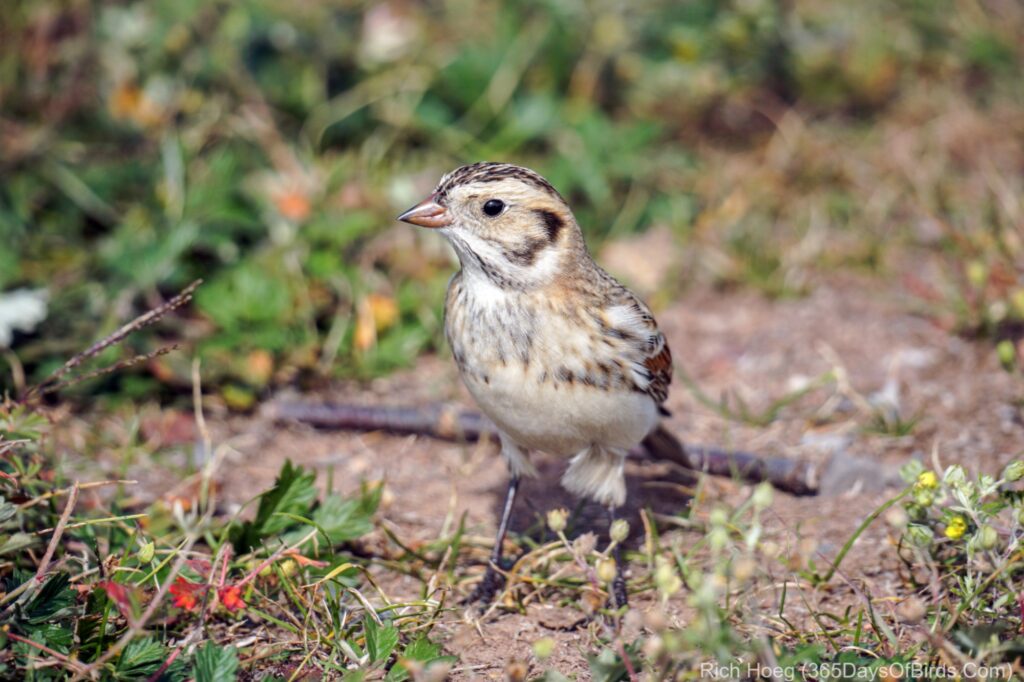
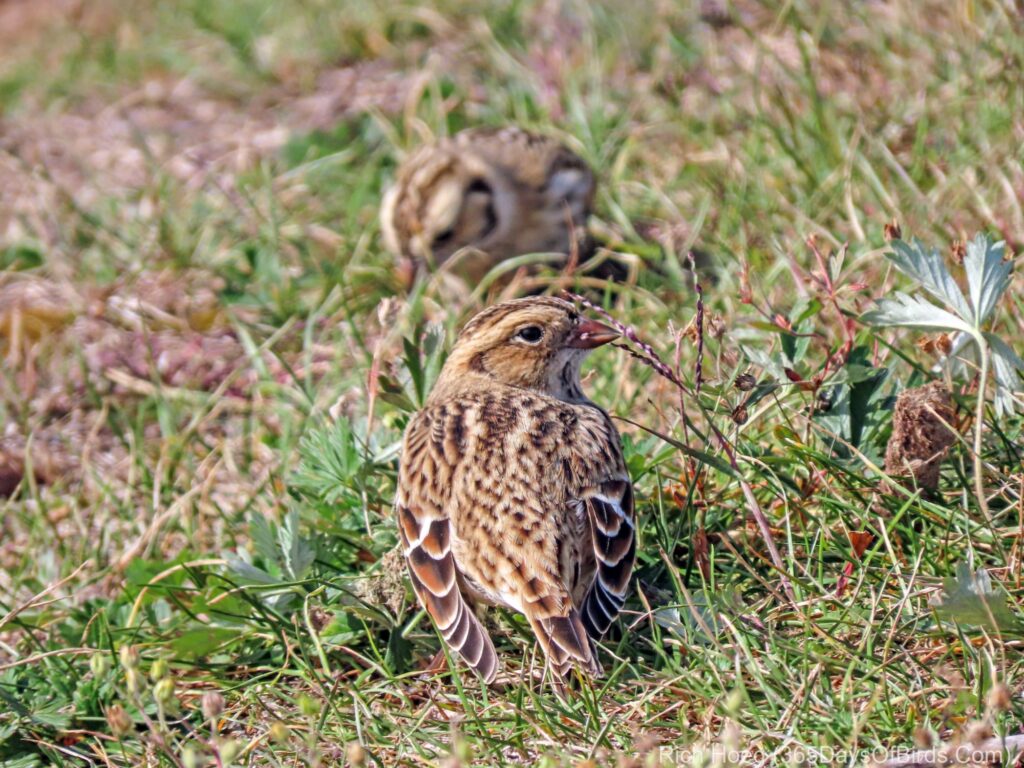
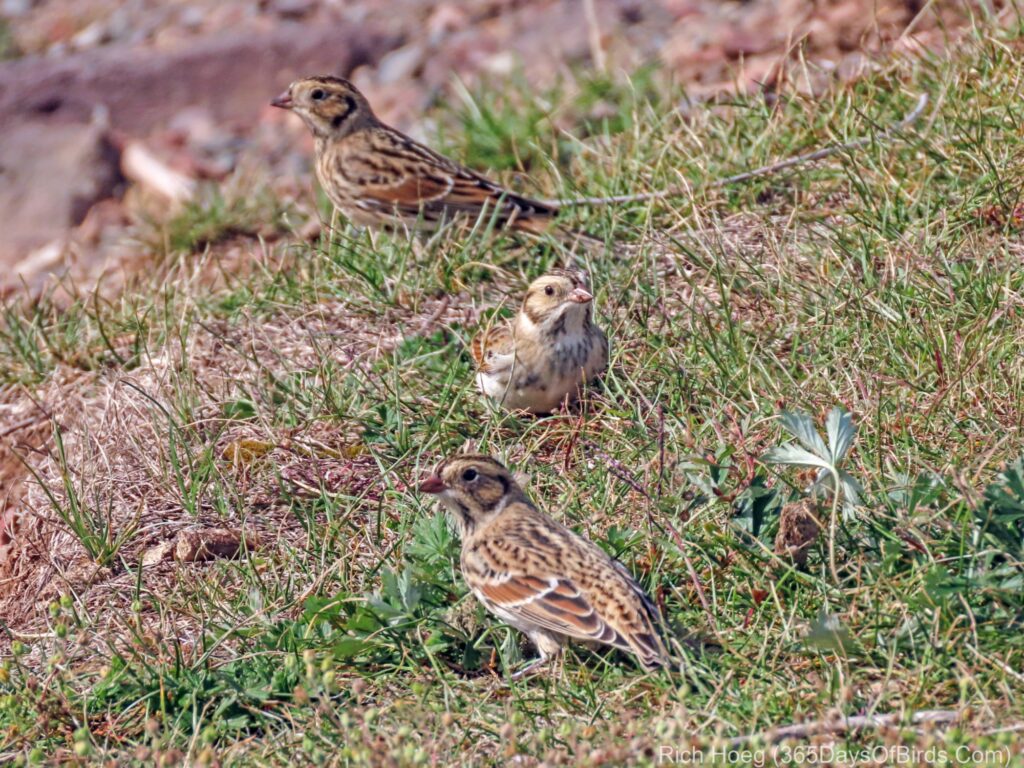
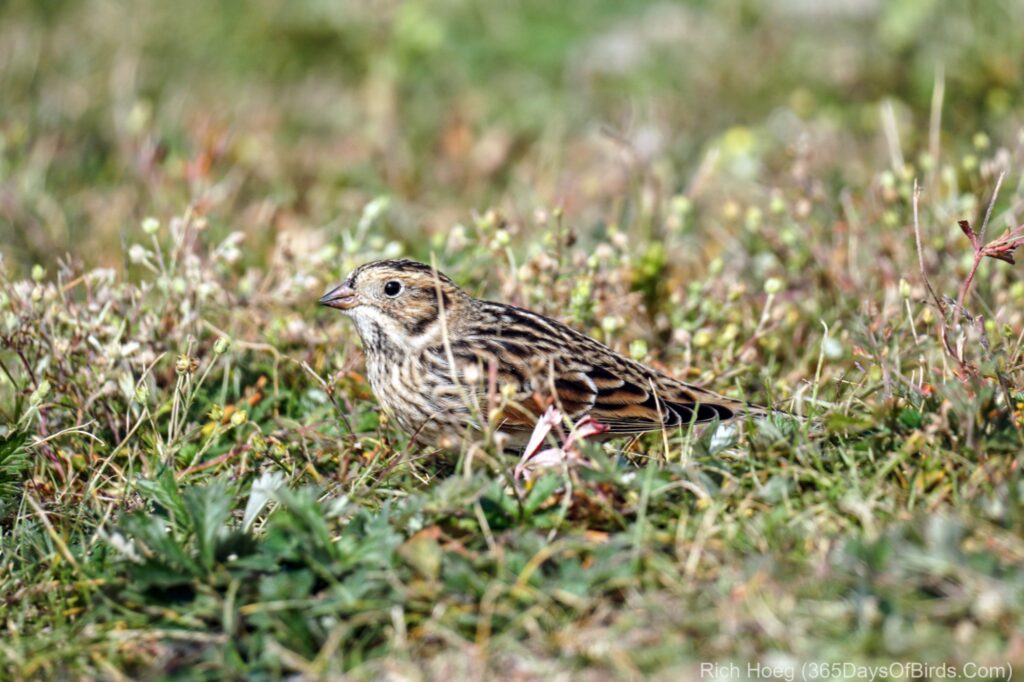
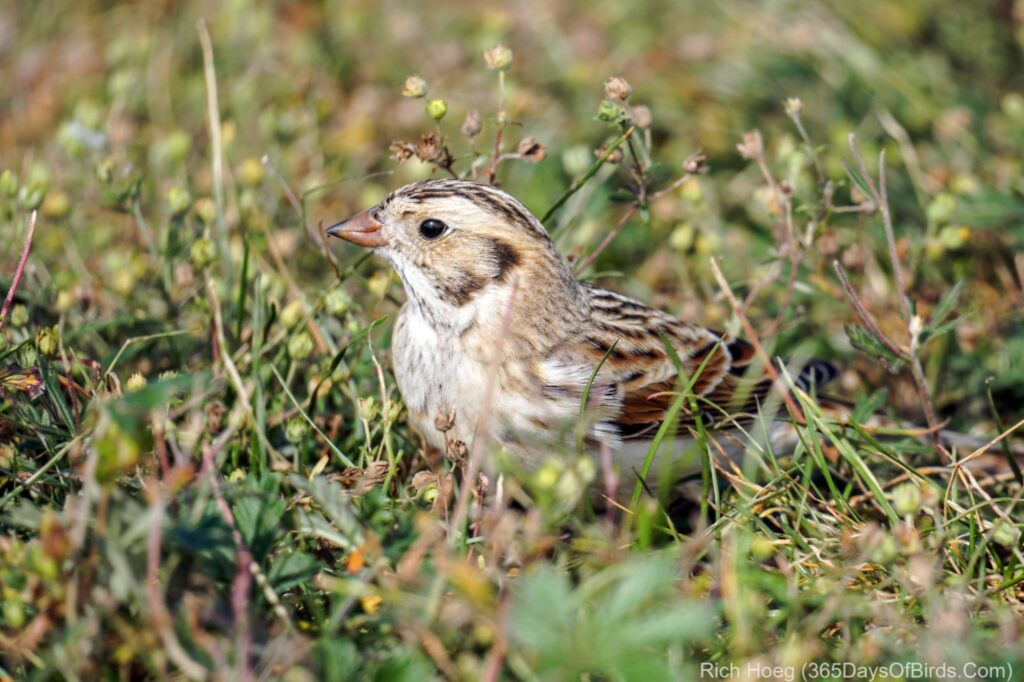
Images of Black-Bellied Plovers (non breeding plumage)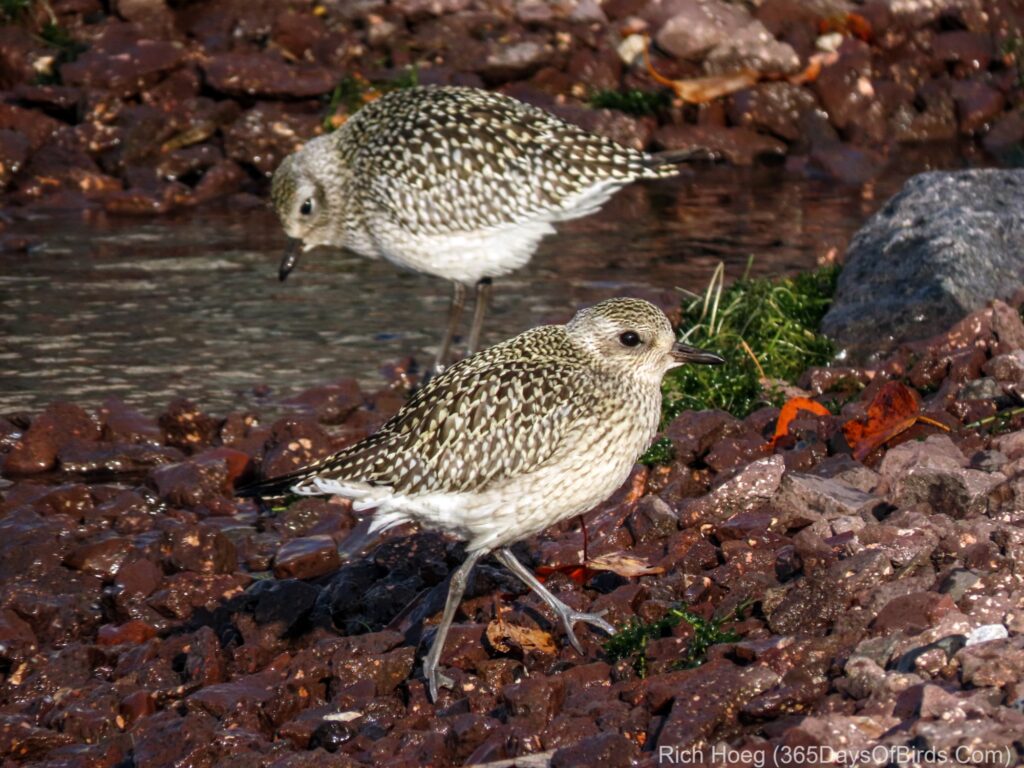
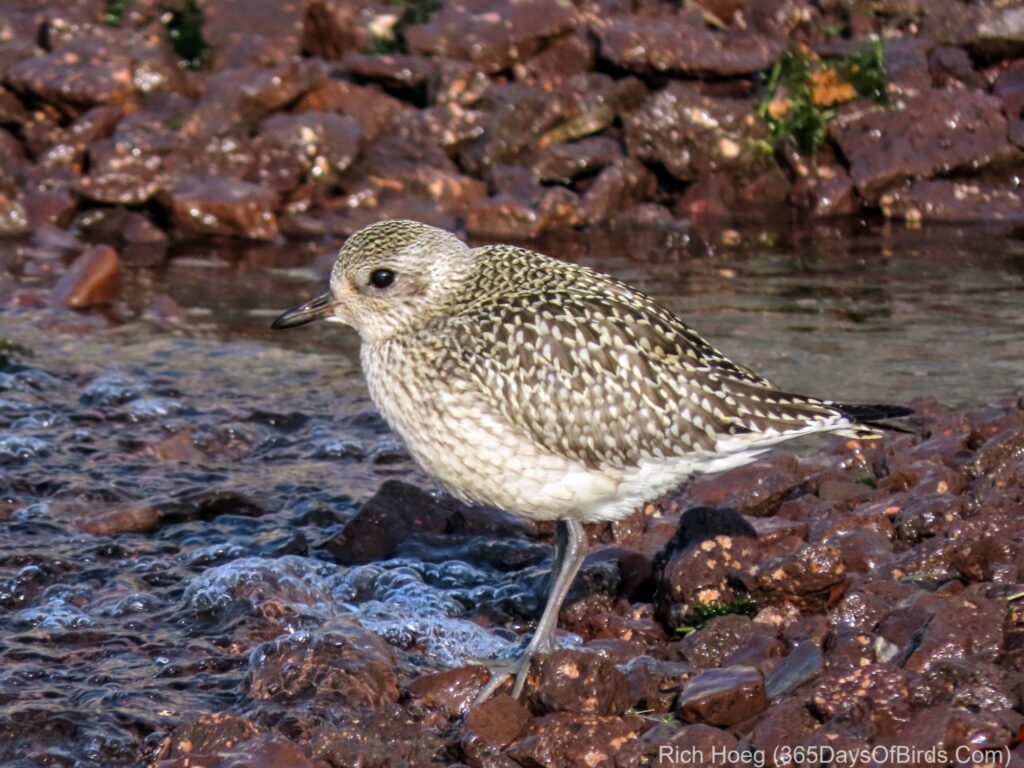
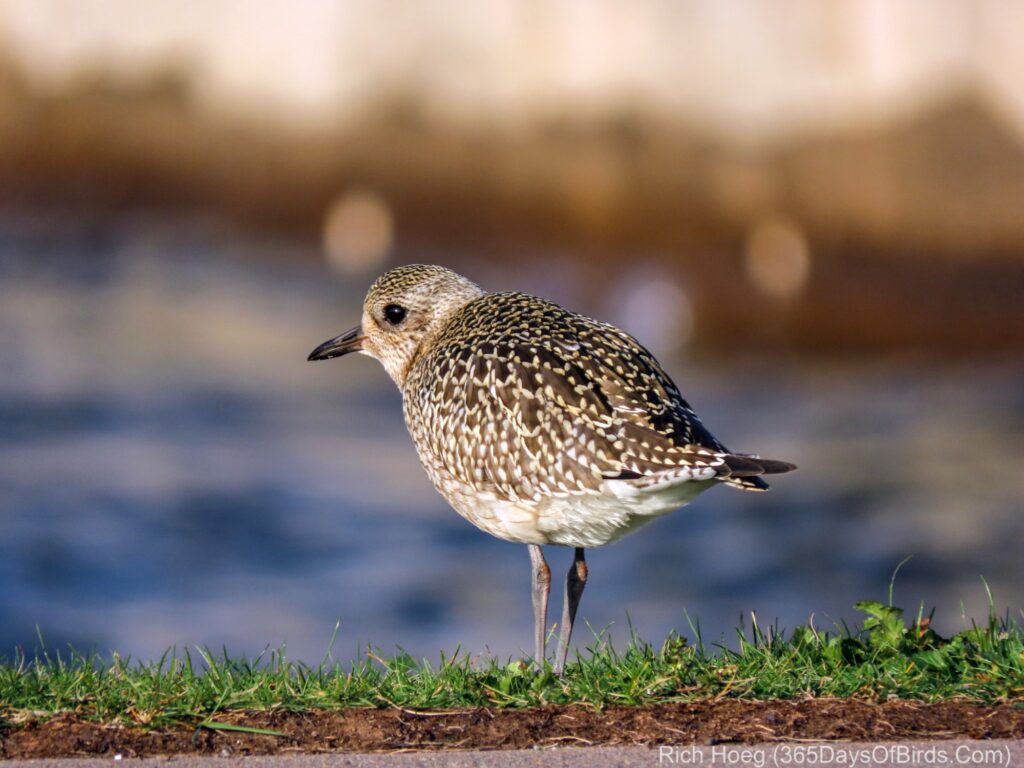
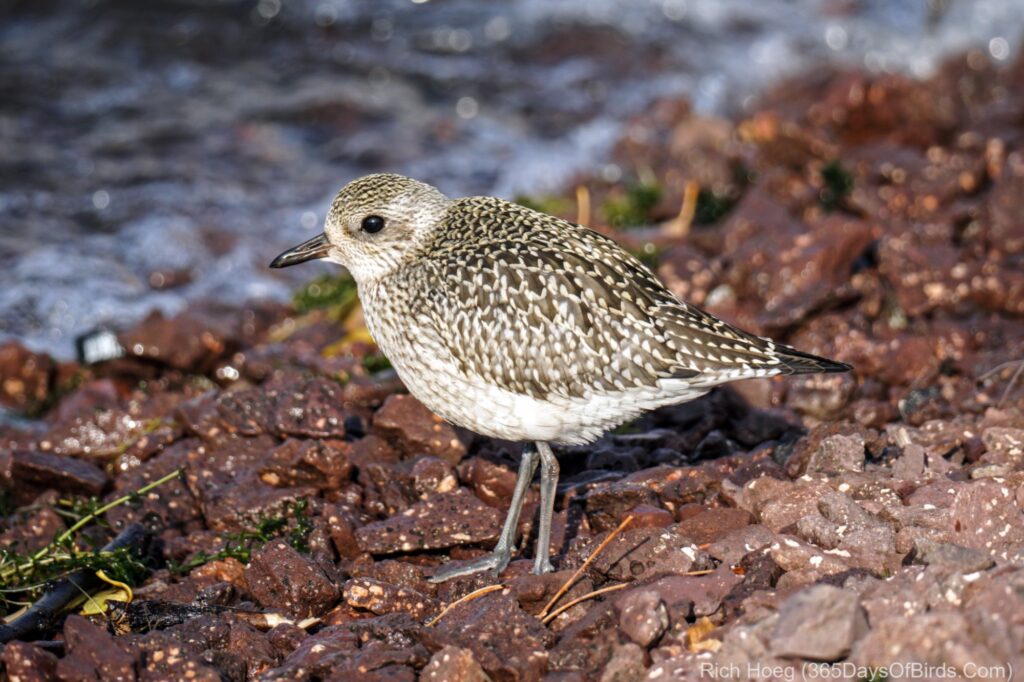
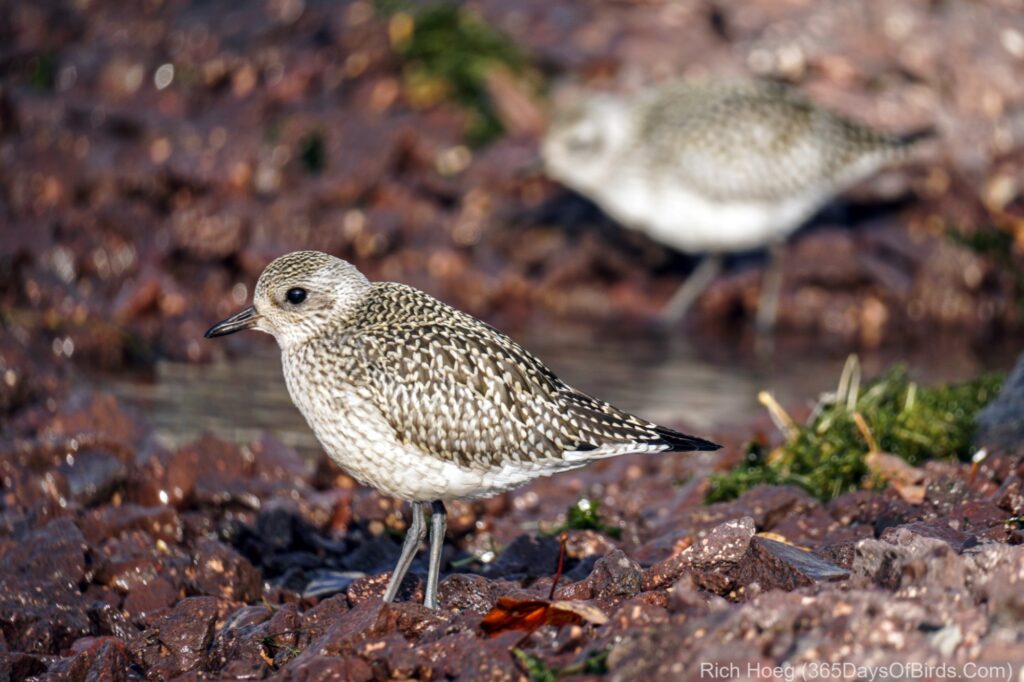
McQuade Harbor also sees migration forest birds … like this Yellow-Rumped Warbler. Thus, wherever you love, give some thought to bird habitat and highways … not just where you call home, but relative to the current migration.
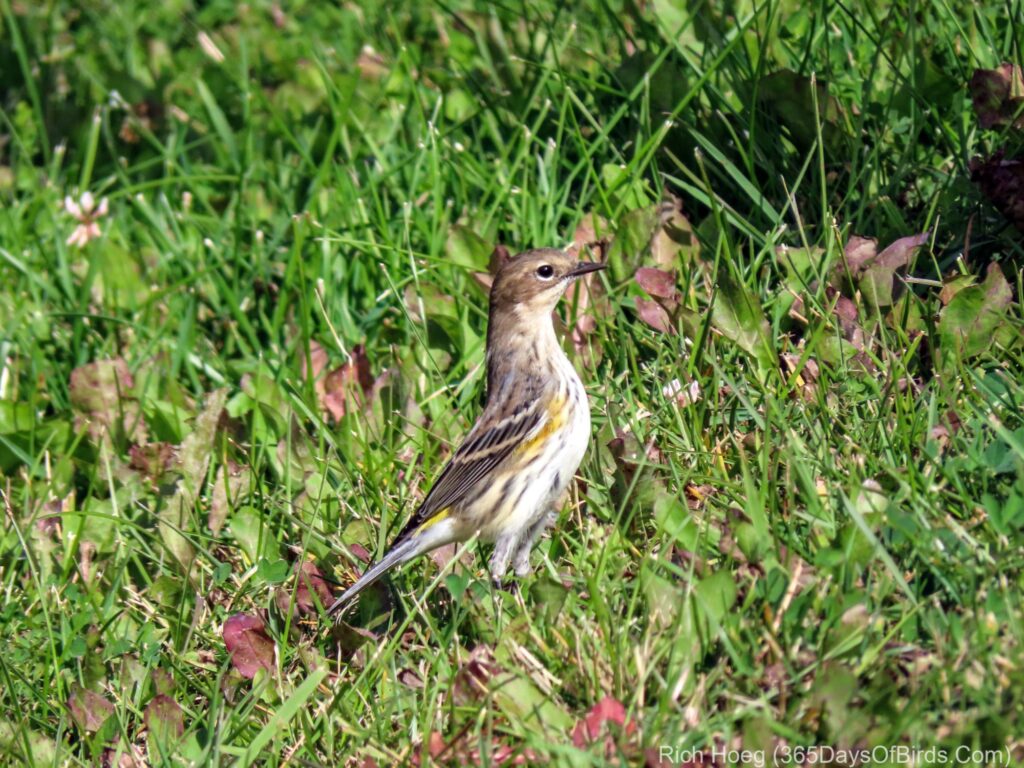
I believe I saw you taking pics on Friday at the Harbor. Maybe it was another guy? The woman there told me you thought maybe they were Smiths and a golden plover. I assume your photos confirmed ID later. I was riding my bike by and stopped when I saw the camera. Did not know that was a good birding spot. Next time!
Likely me. During migration when the winds are good in terms of pushing migrants, McQuade can be excellent. Normally I know within a few minutes whether a migration movement is in progress. I also bicycle past McQuade at least 4 times per week. I always slow down to give the area a good look.
Ha! If I can send a Boreal Owl down to your neck of the woods in Iowa, I will be down there visiting my own relatives ASAP! Seriously however, I have not heard about any migrating owls seen yet up at Hawk Ridge … still a bit early.
Great info. and thanks for the photos. We are starting to look for Saw-whet on their migration.
Last year we had four early one for only that day and they left after dark. The ones that stay come in November & December. Could you send us a Boreal Owl please? We have had two records through the years in Iowa, but I keep asking God to send one down here.
Our best,
Don